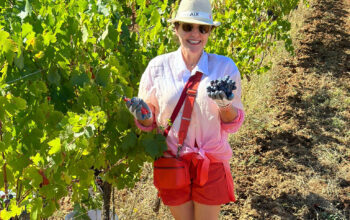Our in-house expert Karel de Graaf follows his eternal love of wine across Europe, but just as happily seeks it closer to home. Like his own vineyard in Burgundy; not only an area he almost single-handedly put on the Dutch wine map, but also a generous muse that regularly figures in his stories. In this Winelife, he delves deeper into an equally mysterious and cowardly stealth murder with no identifiable perpetrator. - TEXT KAREL DE GRAAF
Although the oldest living vine in the world is said to be 450 years old, most vines die well before then - either by themselves or at the hands of the vintner. This is because, as with humans, a vine's productivity decreases with age and, for a vintner, his work must remain profitable.
Sniper
My own little vineyard in Meursault was grubbed up in the late 1990s, but for the opposite reason. The scions that were there were in fact grafted on the far too productive SO4 rootstock. My then tenant farmer and I wanted to go for quality rather than quantity and, on his advice, everything was replaced partly by mass selection and partly by the 76, 95 and 96 clones. All were grafted on 161-49C rootstocks.
A pretty pricey affair, especially since you miss out on 7 years of harvest. Despite the relatively young age of the canes, about 2 per cent have to be replaced every year. Last year, however, the damage turned out to be greater than normal. The productivity of some of the canes had fallen drastically. They were not dead yet, but dying. My plot too turned out to be a victim of the mysterious assassin targeting the 161-49C.
Curious about the whole article? You can read it in Winelife 72. Order this one here!
Don't want to miss a single edition? Subscribe then subscribe to Winelife Magazine now!
Want to stay up to date with the best articles? Follow Winelife magazine on Instagram, Facebook and sign up for our fortnightly newsletter.




